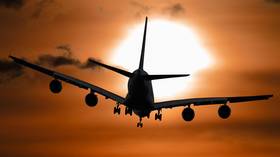Experts have predicted New York City’s demise during past crises, including the Sept. 11 terror attacks, only to be proven wrong. In fact, even as office towers in Manhattan remain largely empty because of the outbreak, some businesses, including Amazon and Facebook, are expanding their footprints, betting that workers will eventually return to their desks.
Still, many companies and workers have become much more comfortable with remote work during the outbreak, suggesting that the suburbs will remain very attractive for the foreseeable future.
For now, many buyers in the suburbs are expressing concern about the health risks of living in densely packed urban neighborhoods. Facing pandemic restrictions, they want room that New York City often cannot provide: a yard for their children to play and an office to work remotely. Many want land, even if it means being farther away from Manhattan.
Some buyers have told brokers they are concerned about reports of rising crime in New York City, real estate agents said. (Overall crime has not spiked in the city, but shootings have, Police Department data shows.)
“The people from New York are coming with a sense of urgency, and the thing they want is space,” said James Hughes, a real estate agent in New Jersey, who added that roughly 60 percent of potential buyers for his properties live in the city. “The demand is insane.”
Zack Stertz and Zoe Salzman joined the buying frenzy in June. After 15 years in Brooklyn, they said they realized soon after the pandemic struck that their two-bedroom apartment with a backyard, generous by New York standards, was too small for working from home with two young sons.
Article source: https://www.nytimes.com/2020/08/30/nyregion/nyc-suburbs-housing-demand.html

